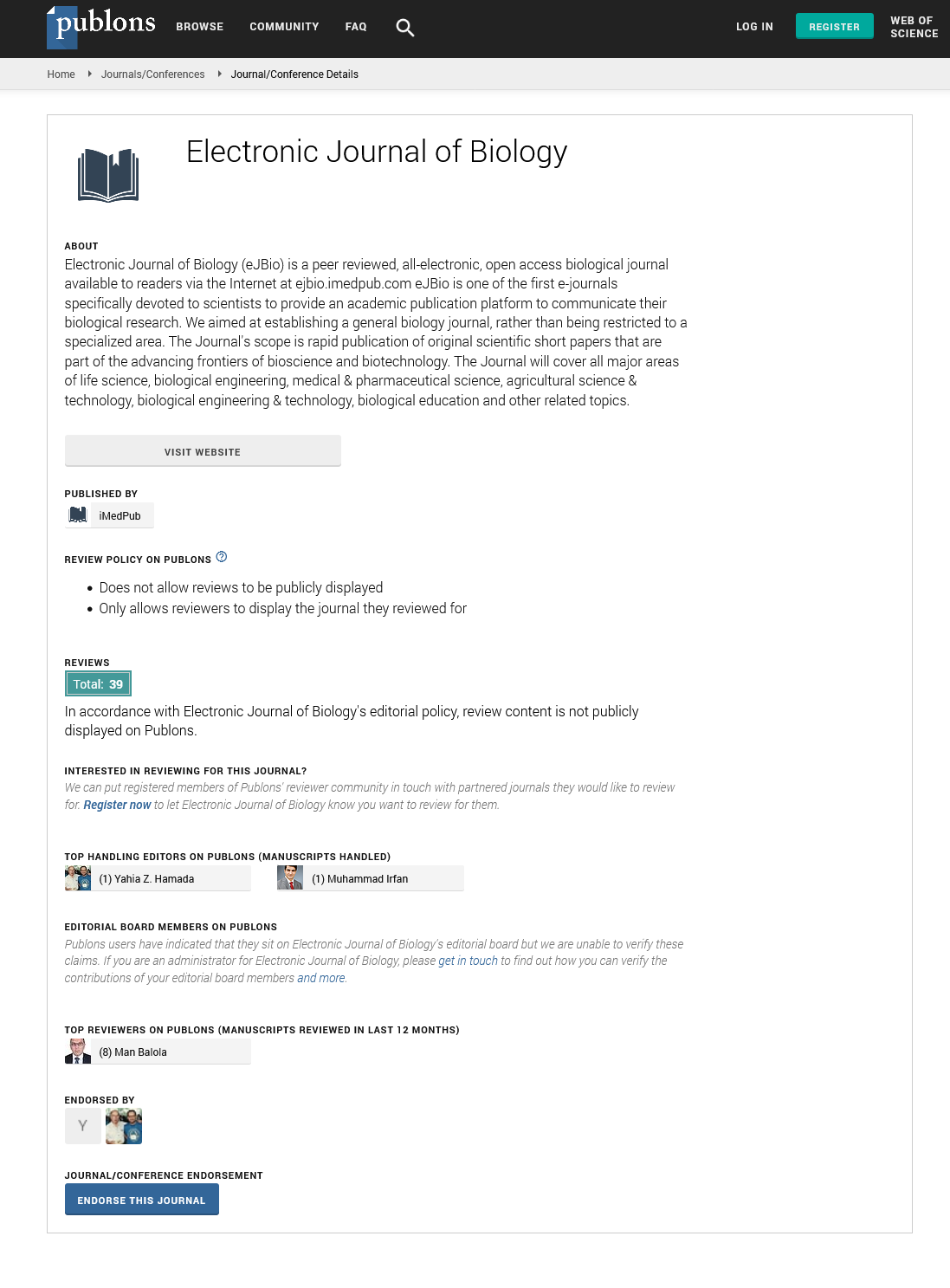Abstract
Tracking the Regenerative Growth in Earthworm: A Cellular and Molecular Perspective
Regeneration in earthworm is studied vastly and proved to be an effective model to study regeneration. The process of regeneration is a stepwise and gradual process. The mechanism of regeneration was not clear earlier but it was deciphered later. Regenerative growth occurs firstly by wound healing followed by blastema formation. Blastema cells are majorly derived from the existing tissue specifically longitudinal muscle cells near the amputation site by dedifferentiation. Differentiation and pattern formation are the major processes in early development and organogenesis and these involve activation of various molecular signaling pathways. Neural factors are also activated along with other transcription factors for neural development. Segmentation and pigmentation occur at the last stage of development. Survival rate and body weight after amputation also has a correlation with regenerative growth. Genetic regulation and signaling controls the development and growth via various controlling genes such as distal less, notch. These genes are responsible for blastema formation, organogenesis and patterning. Pluripotent factors such as nano, regulate the dedifferentiation to form pluripotent stem cell for blastogenesis. Further studies are needed to study molecular mechanism for regulation in earthworm regeneration.
Author(s):
Ray Subarna*,Carvalho Sweta, Hambarde Madhuri
Abstract | Full-Text | PDF
Share this

Google scholar citation report
Citations : 5001
Electronic Journal of Biology received 5001 citations as per google scholar report
Electronic Journal of Biology peer review process verified at publons
Abstracted/Indexed in
- Google Scholar
- China National Knowledge Infrastructure (CNKI)
- CiteFactor
- Electronic Journals Library
- Zoological Records
- WorldCat
- Proquest Summons
- Publons
- MIAR
- Openaccessarticles.com
- Secret Search Engine Labs
Open Access Journals
- Aquaculture & Veterinary Science
- Chemistry & Chemical Sciences
- Clinical Sciences
- Engineering
- General Science
- Genetics & Molecular Biology
- Health Care & Nursing
- Immunology & Microbiology
- Materials Science
- Mathematics & Physics
- Medical Sciences
- Neurology & Psychiatry
- Oncology & Cancer Science
- Pharmaceutical Sciences


